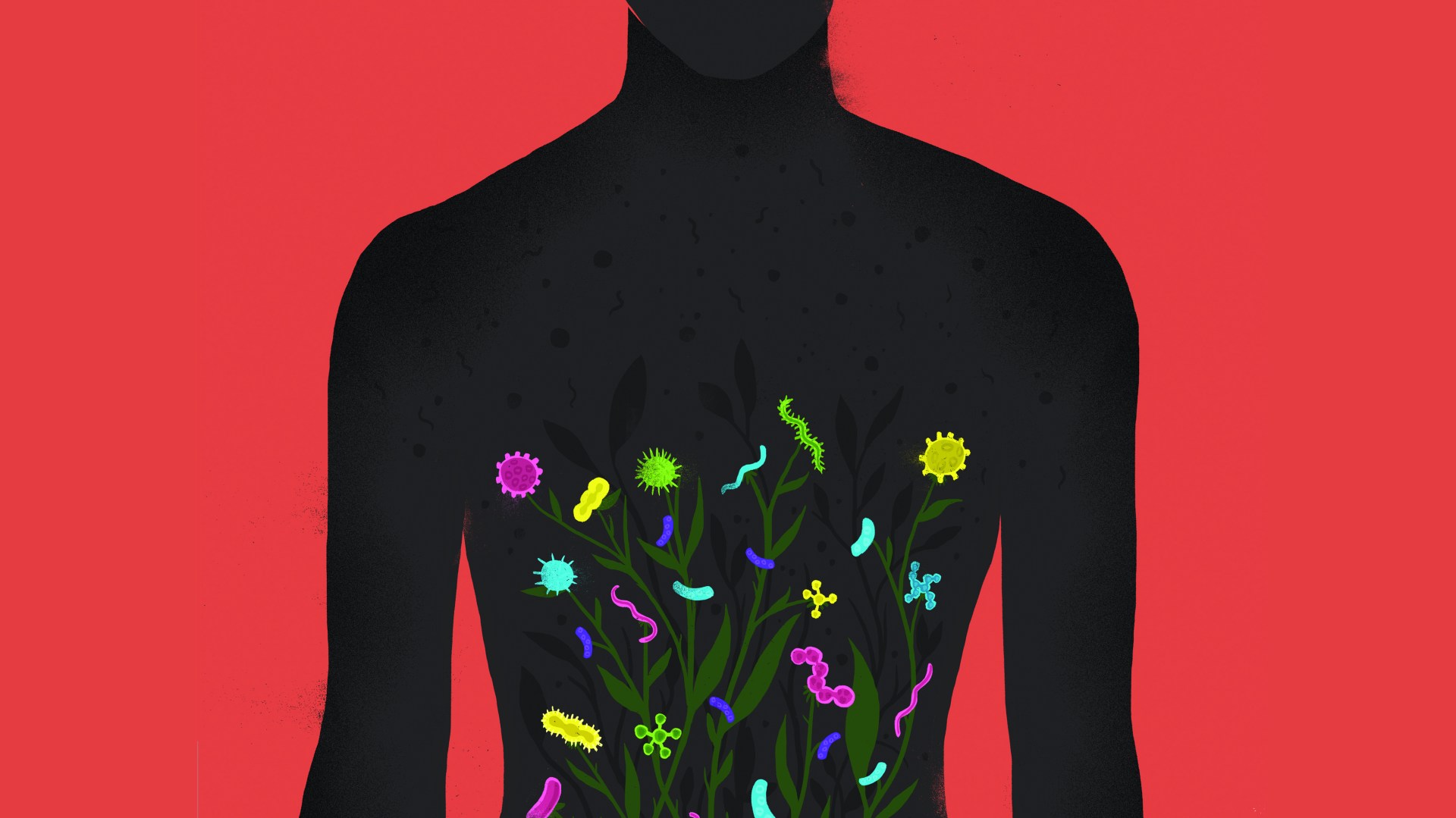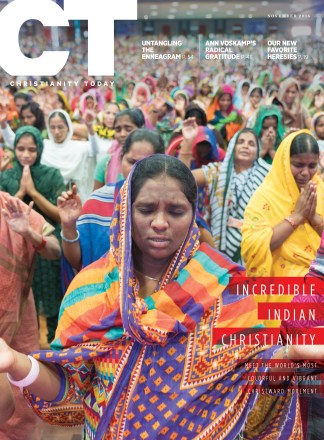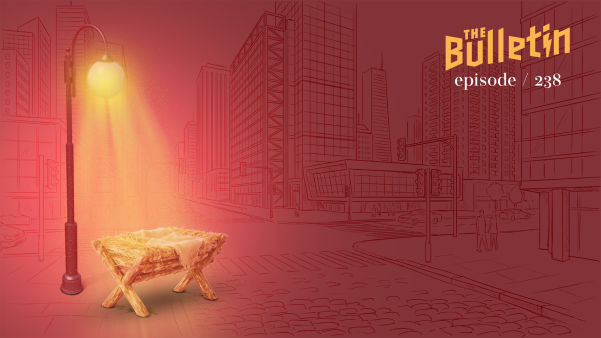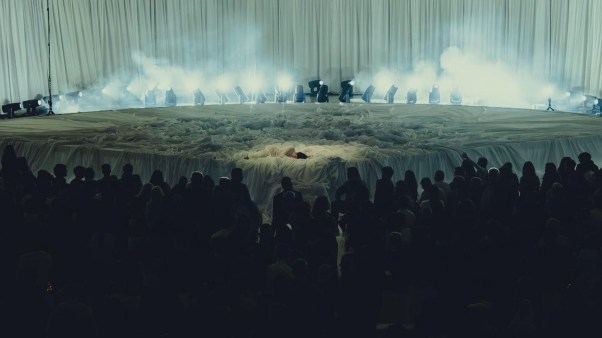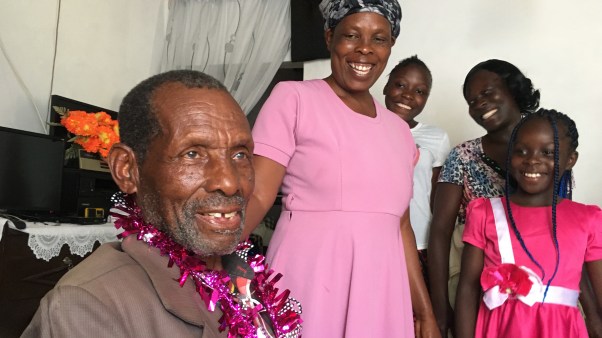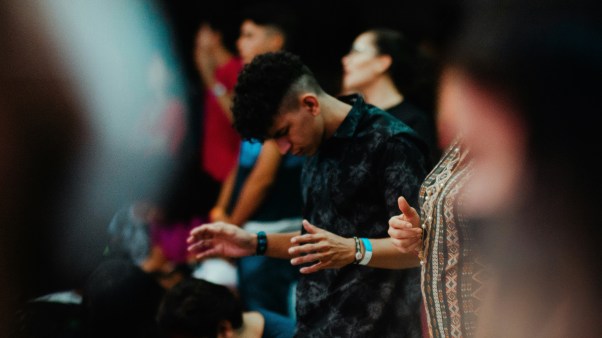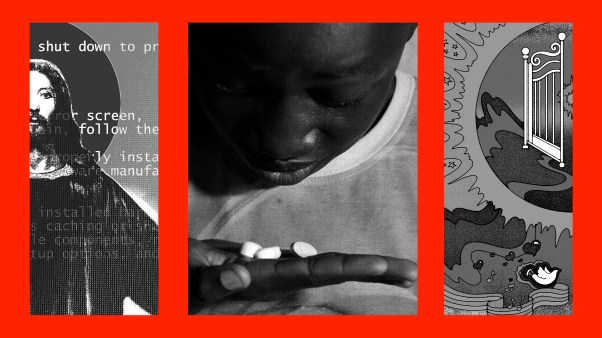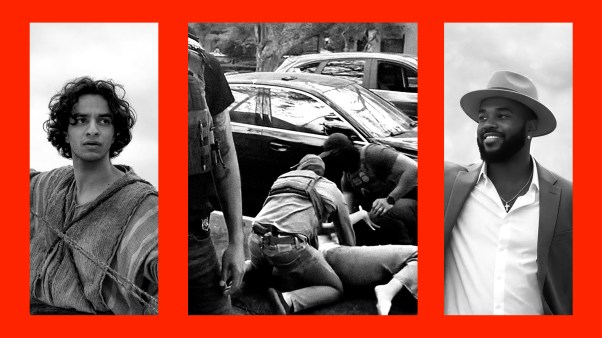Let us make humankind in our image,” said the triune God. And then he made us plural, too. “Male and female he created them,” but we are even more plural than that phrase indicates. Each of us is plural.
We might picture our “self” as a single body. We know we’re a grand collection of cells, trillions of microscopic units that do everything from moving blood to processing nutrients into energy. But when we think about these cells, we take comfort that together they’re all one “me,” a huge organism sharing one DNA code that all started from one fertilized egg cell.
True, we are that. But we are more: Each of us is a collection of communities, millions of millions of organisms working together, with very different DNA. We have about as many bacteria and other microbes in and on our bodies as we do human cells. For decades biologists estimated that we had about 10 times as many microbial cells as our own. But a new study found that the average man has about 39 trillion bacteria in his body and about 30 trillion human cells. That’s still more than half of “me” that’s not what I think of as “me”—and it doesn’t count all of the viruses, fungi, archaea, and other life forms that make up what’s called the human microbiome.
We’re covered in them. We’re full of them. They’re in our guts. They’re all over our skin.
Sound gross? Don’t think of them as germs. These trillions of creatures that make up the human biome are important parts of almost every area of our lives. They shape how and what we eat, how we reproduce, how we fight disease, how we sleep. From our earliest moments, they are very much us.
The Colonized Child
By the time my daughter was minutes old, she was establishing connections to trillions of bacteria.
There were probably no microbes in the womb. Some recent research has questioned our longstanding understanding of the womb as sterile, but for now the consensus is that fetuses develop without encountering any bacteria, viruses, or fungi. Once the amniotic sac ruptured and she made her way into the birth canal, my daughter was coated in a complex community of billions of microbes.
A pregnant woman’s body cultivates and tends microbes to share with her child during birth. It creates a complex sugar whose main purpose seems to be to feed a particularly beneficial type of microbe from a group called Lactobacillus.
With this new food source, Lactobacillus grows rapidly. It grows so much, in fact, that it crowds out other microbes and most pathogens.
A new study found that the average man has about 39 trillion bacteria in his body and about 30 trillion human cells.
Microbes in other parts of our bodies work much the same way: They protect us by taking up every space and using every available nutrient. It is as though every house on the block is already occupied by a happy family, crowding out potential troublemakers.
My daughter’s sterile little body was introduced to billions of these Lactobacillus before she met me. When she began nursing a couple hours later, these bacteria helped her digest the milk. As weeks and months went by, the Lactobacillus began the process of shaping the rest of the microbial community in her body.
The microbes that share our skin are called the human microbiota, and its study is a robust area of research that is providing discoveries almost weekly. Microbiota research has revealed that we are an ecosystem, or even an interconnected group of ecosystems. Different organs and systems are populated by different bacteria, viruses, fungi, and other microbes, each uniquely suited to flourish in their individual niche.
Gut Feelings
The bacteria on our skin are well adapted to our soaps, hygiene habits, physiology, and clothing choices. The bacteria that live in our intestine and colon (the gut microbiota) are those that thrive best on our diet, medicines, and lifestyle.
After my daughter is weaned, her microbiota will continue to grow as she encounters huge numbers of new microbes with every breath, bite, and touch. We shape our gut microbiota with every calorie we take in. The microbes in our intestines depend on our food choices; which population wins the day depends, at least in part, on what we eat. It is likely that any long-term change in diet (whether because of travel or lifestyle change) will lead to a significant change in our gut microbiota.
In addition to keeping us healthy, our microbes feed us. Bacteria that live within the colon are able to break down complex fiber into simple energy molecules that nourish the cells that line our gut. We feed them; in turn, they feed us.
They also seem to be able to control when we feel hungry and when we feel full. Early research suggests they gently damage our intestines when they find themselves low on calories, inducing pain that we interpret as hunger. They also produce signaling molecules that closely resemble the ones our bodies use to indicate we are satisfied after a meal.
Microbiota influence our decisions and feelings beyond our appetites. We’re only just beginning to discover how much, but we know, for example, that they can send signals to our brain through nerves. In 2011, neuroscientist John Cryan found that a beneficial microbe could change neurotransmitter receptors in mouse brains, stress hormones in their blood, and even reduce stress-like behaviors. But when he severed a particular nerve, the beneficial microbe stopped having these effects. The presence of this organism in the gut was somehow communicated to the brain through this nerve, causing changes in brain chemistry, hormone levels, and behavior.
Microbes in our gut can also make the amino acid tryptophan or change our ability to produce it. Disruption to tryptophan levels can cause problems in the gut (like irritable bowel syndrome) and in the brain (like depression and autism). And while it’s still early to draw too many conclusions, elderly people showing cognitive decline have less diversity of microbes in the gut and reduced levels of tryptophan. Mental aging may begin with changes to the creatures in our guts.
In Goes the Neighborhood
It’s easy to hear all of this and file it away with what we learned about the digestive system back in high school. But don’t. That high school stuff you learned suggested that your genes are pretty stable. What you got from your parents determines much of your future.
That’s true so far as it goes. But our biome, by contrast, is changing all the time. They are both part of us and part of our larger communities. We leave a trail of microbes behind us wherever we go. We exchange these bacteria and fungi and other creatures constantly, whenever we shake hands, grab coffee, or even take a breath. People who live together tend to have a shared skin microbiota, with a common pool of microbes slightly modified for each individual, even down to pets. But it’s a different pool than you might find among strangers in a nearby city. And what we’re discovering about the human microbiome wasn’t something we knew much about when you were in high school, even if you’re a millennial. The young field is likely to burst forth with dramatic revelations in the years ahead.
I’m praising God for my communities: the ones inside me and the ones that shaped me.
What we do already know gives us reason for praise and for pause. Given the sorry state of many of our other relationships, it’s not surprising that we’ve made choices that strain our relationships with our microbiota. Overuse of antibiotic drugs made sense when we considered bacteria to be invasive germs, but long-term antibiotic use, particularly in young children, can lead to changes in the microbial community that could last for life. What to do about it is less clear: Scientists don’t yet know how to foster an ideal microbiota, what an ideal microbiota would look like, or what all this might mean for our understanding of healthy living.
There are early lessons: Ask your doctor before taking antibiotics. Stop using antibacterial soap. Encourage natural childbirth and breastfeeding when possible.
But there are also indications that all of this will shape the way we see ourselves. Swarthmore College biologist Scott Gilbert argues that humans and other “animals can no longer be considered individuals in any sense of classical biology: anatomical, developmental, physiological, immunological, genetic, or evolutionary.” Others are starting to agree. After he had his microbiome sequenced, food writer Michael Pollan wrote, “I began to think of myself in the first-person plural—as a superorganism, that is, rather than a plain old individual human being.”
It’s too early to expect a robust orthodox theology of the human microbiome, one that takes seriously the community of trillions of microbes that shapes and is shaped by our interactions with family, home, diet, and more. Much popular Christian thinking on personhood has focused exclusively on the question of when life begins and on concerns surrounding end-of-life care, not on challenges to the very concept of individuality amid symbiotic relationships with bacteria and fungi.
Yet Christians may be better equipped than most to talk about the revelations to come. We already believe that there are both internal and external hidden forces shaping our hungers and desires; we talk about the church both as a singular local collective and as one large entity; we believe our bodies are not our own (1 Cor. 6:19); we believe that Christ in us, the hope of glory (Col. 1:27), is a rich mystery rather than a metaphor; and we believe in one God who is three Persons. How many of those doctrines relate to our nascent understanding of microbiota? To be honest, I don’t know. But I’m praising God for my communities: the ones inside me and the ones that shaped me.
Clayton Carlson is associate professor of biology at Trinity Christian College in Palos Heights, Illinois.

